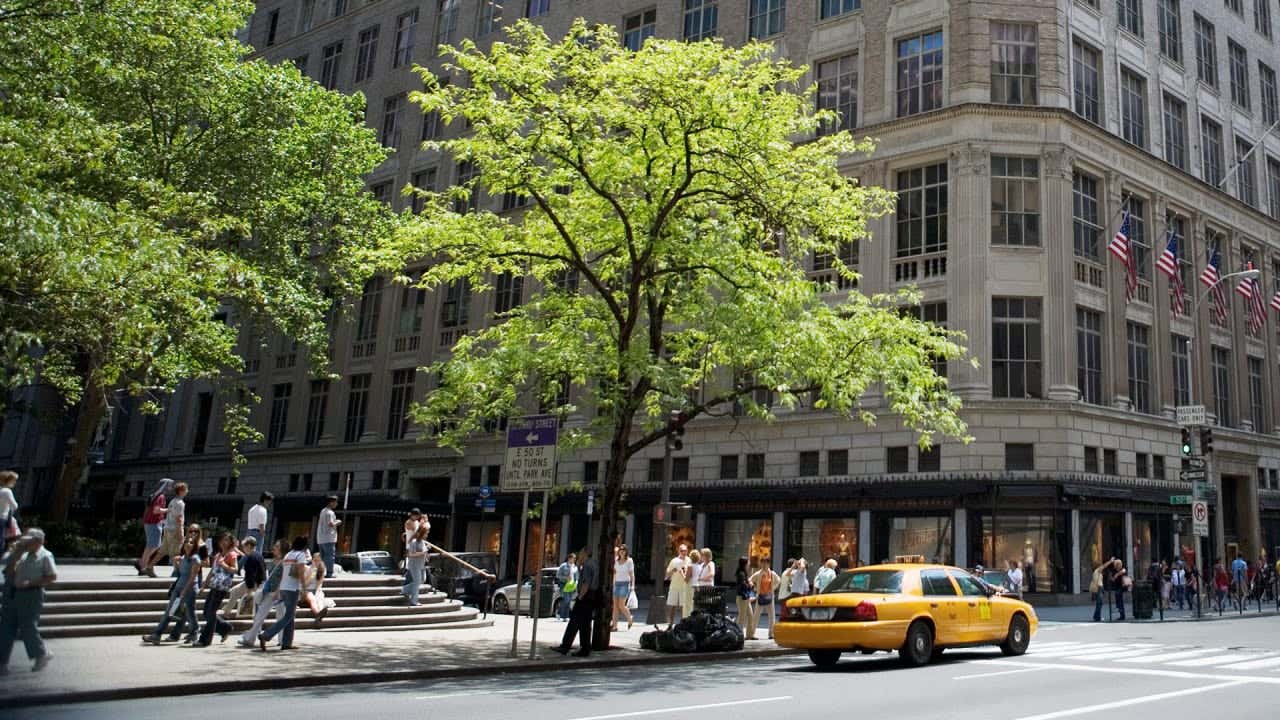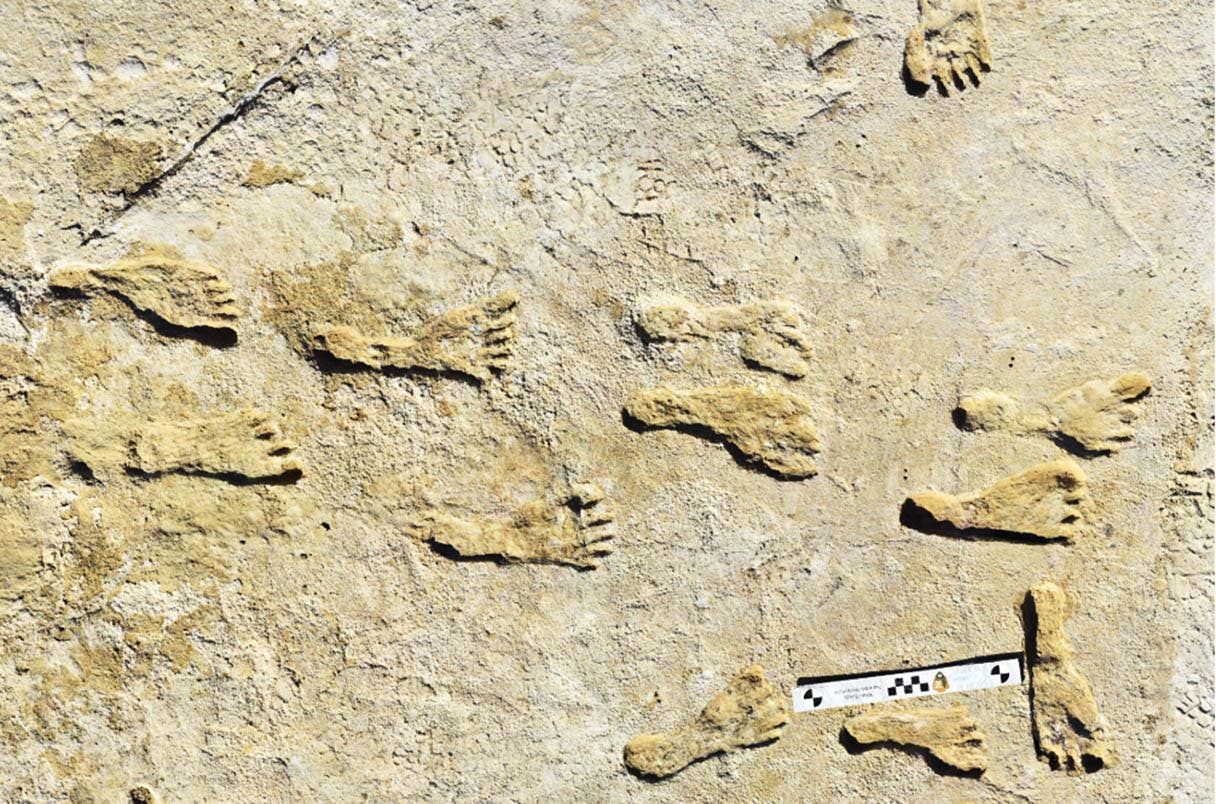Trees found to reduce land surface area temperatures in cities up to 12°C
Prior research has suggested that adding green spaces to cities can help reduce high air temperatures during the warm months.

[Nov 27, 2021: Bob Yirka]
Cities are typically hotter than surrounding areas due to the huge expanses of asphalt and cement that absorb heat. (Credit: Creative Commons)
A team of researchers with the Institute for Atmospheric and Climate Science, ETH Zurich, has found evidence that indicates that stands of trees can reduce land surface area temperatures in cities up to 12°C. In their paper published in the journal Nature Communications, the group describes how they analyzed satellite imagery for hundreds of cities across Europe and what they learned.
Prior research has suggested that adding green spaces to cities can help reduce high air temperatures during the warm months—cities are typically hotter than surrounding areas due to the huge expanses of asphalt and cement that absorb heat. In this new effort, the researchers looked at possible temperature impacts on land surface areas instead of air temperatures. Such temperatures are not felt as keenly as air temperatures by people in the vicinity because it is below their feet rather than surrounding them.
The work by the team involved analyzing data from satellites equipped with land surface temperature sensors. In all, the researchers poured over data from 293 cities across Europe, comparing land surface temperatures in parts of cities that were covered with trees with similar nearby urban areas that were not covered with trees. For comparison purposes, they did the same for rural settings covered in pastures and farmland.
Related Stories
They found urban areas with trees typically had land surface temperatures that were two to four times cooler than similar areas nearby that had no tree cover. Such differences translated to approximately 0 to 4 K lower than surrounding areas in parts of Southern Europe—in other regions, such as Central Europe, the differences were as high as 8 to 12 K. Interestingly, the researchers found no such differences in rural areas. And they found no differences for other types of vegetation in the cities.
The researchers note that trees are able keep the ground cooler due to the shade they provide, which suggests they help reduce building surface temperatures in similar ways. Their work highlights the impact that adding tree cover to urban areas can have.
For more science and technology news stories check out our New Discoveries section at The Brighter Side of News.
Like these kind of feel good stories? Get the Brighter Side of News' newsletter.
Tags: #New_Discoveries, #Trees, #Botany, #Heat, #Science, #Research, #Cities, #Temperatures, #The_Brighter_Side_of_News
Joseph Shavit
Head Science News Writer | Communicating Innovation & Discovery
Based in Los Angeles, Joseph Shavit is an accomplished science journalist, head science news writer and co-founder at The Brighter Side of News, where he translates cutting-edge discoveries into compelling stories for a broad audience. With a strong background spanning science, business, product management, media leadership, and entrepreneurship, Joseph brings a unique perspective to science communication. His expertise allows him to uncover the intersection of technological advancements and market potential, shedding light on how groundbreaking research evolves into transformative products and industries.



